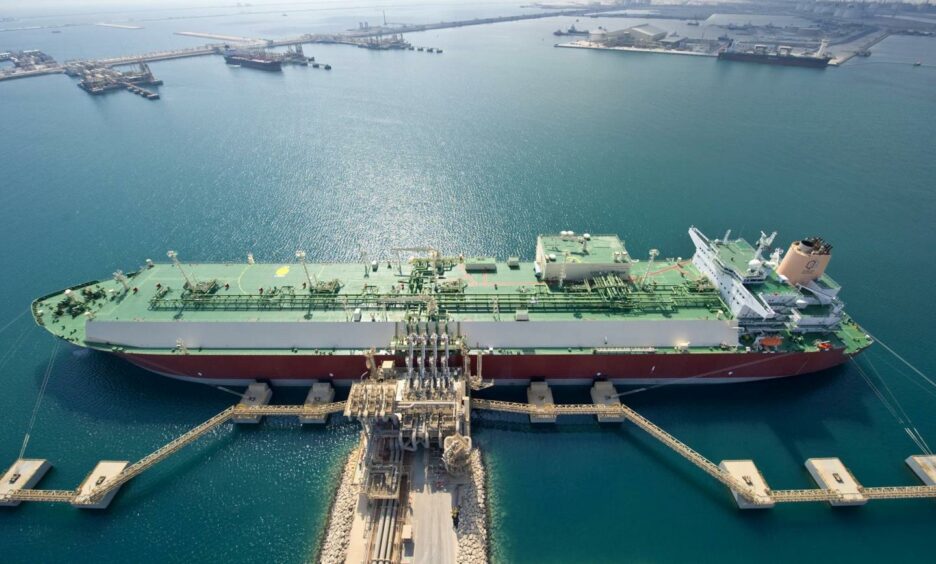
QatarEnergy (QE) is doubling down on its carbon capture and solar plans, with the aim of producing cleaner LNG.
The company plans to capture more than 11 million tonnes per year of CO2 in Qatari carbon capture and storage (CCS) facilities by 2035. This will cut carbon intensity at its LNG facilities by 35% and upstream by 25%. This is an increase from previous targets of 25% and 15% respectively.
QE will also aim to increase its solar power generation to more than 5 GW, while eliminating routine flaring and limiting fugitive emissions.
QE published its first sustainability strategy at the beginning of 2020. Under this, the company set out the aim of capturing 7mn tpy of CO2 by 2027. At that point, it was aiming for 4 GW of solar.
The aim is to facilitate the energy transition, QE said. The company has a “significant role” in mitigating climate change, QE president and CEO Saad Sherida Al-Kaabi said.
The company’s updated sustainability strategy will ensure this. It aims to provide “effective measures to curb emissions, producing cleaner LNG using the latest proven emissions reduction technologies, expanding renewables capacity, and compensating for residual emissions through CCS and Nature-Based Solutions, where appropriate”, Al-Kaabi said.
The strategy builds on Qatar’s gas riches and its solar opportunities.
QE is working on a variety of projects, he said, including hydrogen. The company noted recent agreements with Shell and South Korea’s Hydrogen Convergence Alliance (H2Korea) on hydrogen. These will focus on industry and transportation.
QE signed the two agreements in October 2021. The deal with Shell noted possibilities in the development of industrial clusters in the UK.
Korea has high hopes for hydrogen, viewing it as a $43 billion industry that can provide an alternative to its LNG reliance.
